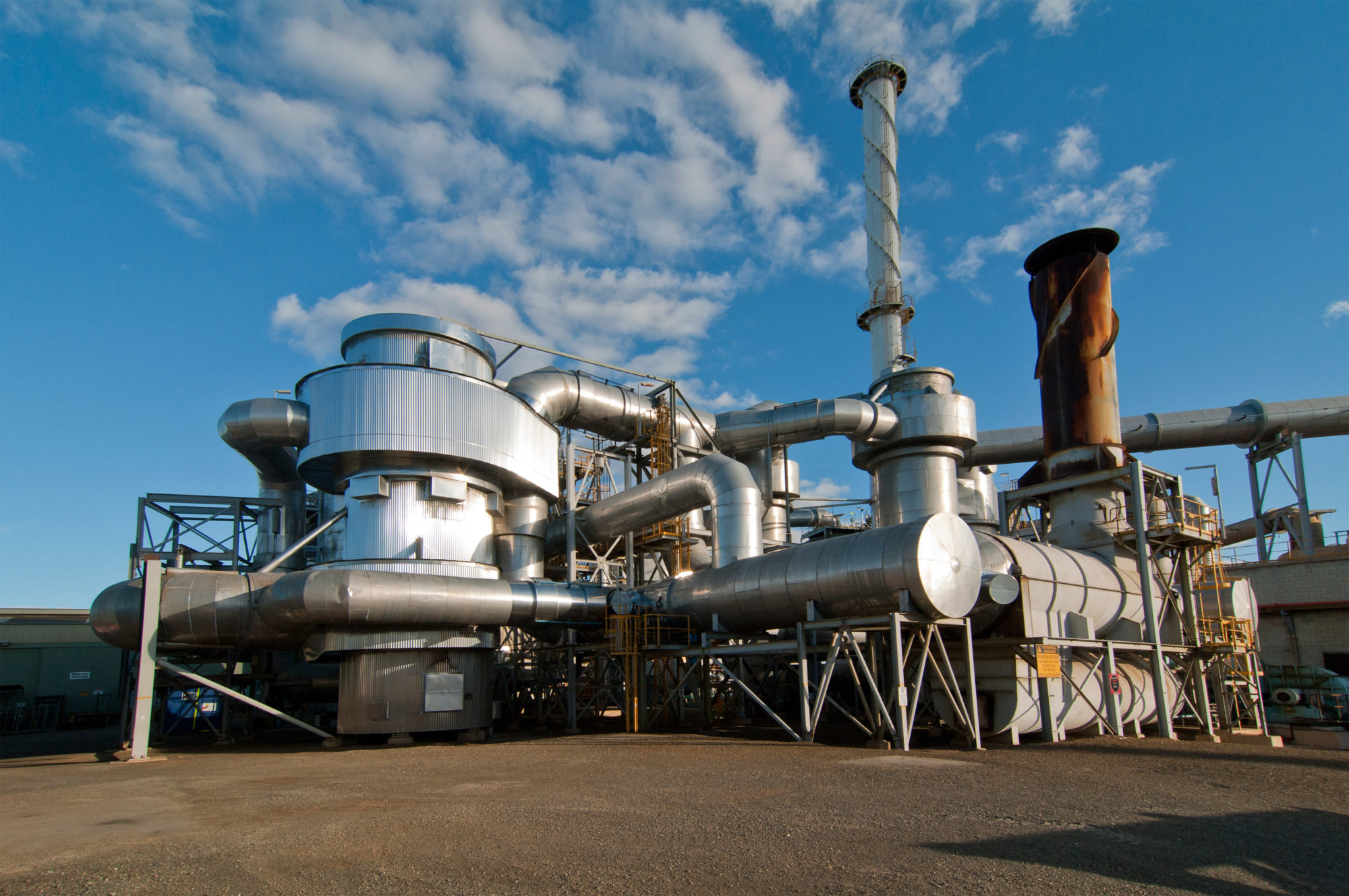Some four years ago, at a nickel conference in Seville, Roskill’s presentation on the use of nickel in batteries asked the question “…if every vehicle sold today were a Tesla, how much nickel would these consume in their batteries?” While one audience member volunteered an estimate of 150,000 t, the true figure – over 5 Mt or two-and-a-half times the size of the nickel market at the time – was not a figure that was on the radar of the nickel industry then.
Much has changed over the past years, as producers and consumers along the nickel and battery supply chain have caught up with the megatrend of automotive electrification. In its baseline outlook, Roskill estimates nickel demand in automotive batteries to increase to around 940,000 t by 2030, requiring supplies in the form of a high-purity chemical product, nickel sulphate.
As of 2017, total world production of nickel sulphate amounted to approximately 116,000 t. While Sumitomo Metal Mining and Nornickel are among the largest producers, neither has major plans for expansion, and future production is likely to come from new producers. Owing to the premiums paid for nickel sulphate, much of this capacity may come from the conversion of existing nickel plants – including BHP’s Nickel West in Australia (pictured), and Terrafame in Finland.
To continue to meet demand, the production of nickel sulphate will not only depend on the installation of additional chemical conversion capacity, but also on an increase in nickel mining. Nickel sulphide deposits may offer the best economics for future production of feedstock materials and conversion into nickel sulphate, but few major new discoveries have been made, so that future demand will likely have to be met by production from lateritic deposits.
Lateritic ore may be processed using either hydrometallurgy or pyrometallurgy. The production of nickel sulphate from hydrometallurgical intermediates such as a mixed hydroxide can cost as little as $1,150/t Ni, and require a comparatively limited capital outlay, estimated at around $5,850/tpy Ni. For this reason, such intermediates as produced by Ravensthorpe (now suspended), Ramu, and the Nickel Asia Corporation have been preferred feedstock materials for the nickel sulphate industry. However, owing to the high cost of the hydrometallurgical plants that produce these intermediates, similar future capacity would likely require nickel prices in excess of $20,000, compared to today’s prices below $14,000/t – rendering Roskill bullish on nickel prices.
With much of the growth in nickel output over the last decade having come from nickel pig iron (NPI), a lower-grade product geared to the stainless steel industry, the question also arises whether this could act as a suitable feedstock material. While the conversion of NPI itself would be comparatively expensive, the conversion of a lateritic ore into a matte product would render the process more economic, and could emerge as a new production route, particularly in Indonesia.
Given the fast-moving nature of this market, Roskill has released a report specifically focused on the nickel sulphate industry. Its Nickel Sulphate: Global Industry, Markets and Outlook to 2027, First Edition report was published in January. Roskill has also undertaken detailed cost study, which provides more detail on some of the figures quoted above, the results of which are available separately.











